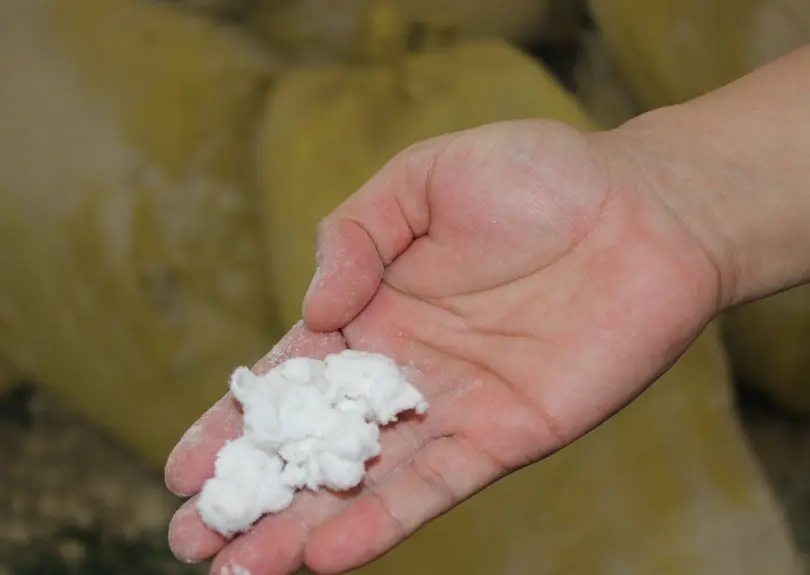
ਨਵੰ. . 01, 2024 11:39 Back to list
Applications of Hydroxyethyl Cellulose in Paint Formulations and Coatings Industry
The Importance of Hydroxyethyl Cellulose in Paint Formulations
Hydroxyethyl cellulose (HEC) is a water-soluble polymer derived from cellulose that has gained significant traction in the paint industry due to its unique properties and versatile applications. As a thickening agent, HEC enhances the performance and usability of paint formulations, making it an essential component for manufacturers seeking high-quality end products.
The Importance of Hydroxyethyl Cellulose in Paint Formulations
In addition to improving viscosity, hydroxyethyl cellulose acts as a suspending agent, preventing the settling of pigments and fillers within the paint. This property ensures that the paint remains homogenous over time, allowing for consistent color and texture across the application. Furthermore, HEC provides excellent water retention properties, which are vital for ensuring that the paint does not dry too quickly. This slow-drying characteristic enables better workability, allowing painters ample time to apply and manipulate the paint before it sets.
hydroxyethyl cellulose for paint

Another significant benefit of HEC is its compatibility with various additives and other components typically used in paint formulations. It can work in conjunction with various surfactants, biocides, and dispersants without compromising the overall performance of the product. This compatibility is essential for manufacturers aiming to create specialty paints that may require specific functionalities while maintaining a stable mixture.
Moreover, HEC enhances the environmental profile of paint products. Being non-toxic and biodegradable, it can be an attractive option for manufacturers looking to develop eco-friendly paints that meet the demands of environmentally conscious consumers. With the paint industry increasingly moving towards sustainable practices, the incorporation of HEC can help align products with green certifications.
In conclusion, hydroxyethyl cellulose plays a crucial role in the paint industry, significantly contributing to the formulation of high-performing, stable, and eco-friendly paints. Its properties, such as viscosity enhancement, suspension stability, and environmental safety, make it a valuable additive for manufacturers striving to deliver superior paint products that meet both consumer expectations and industry standards. As the demand for innovative paint solutions grows, the importance of HEC will undoubtedly continue to rise.
-
Versatile Hpmc Uses in Different Industries
NewsJun.19,2025
-
Redispersible Powder's Role in Enhancing Durability of Construction Products
NewsJun.19,2025
-
Hydroxyethyl Cellulose Applications Driving Green Industrial Processes
NewsJun.19,2025
-
Exploring Different Redispersible Polymer Powder
NewsJun.19,2025
-
Choosing the Right Mortar Bonding Agent
NewsJun.19,2025
-
Applications and Significance of China Hpmc in Modern Industries
NewsJun.19,2025







